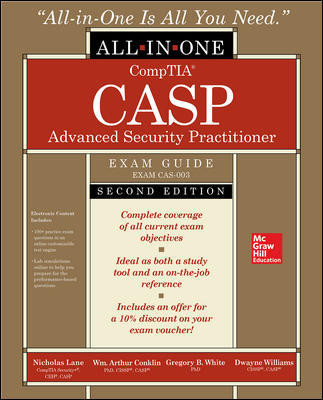Past, present, future — one leads to the next and learning along the way helps make the future brighter. Today, the security industry is a good business to be in, with diverse growth opportunities. The industry’s long-standing recurring monthly revenue model can carry a business through rough times and dramatically contributes to a company’s value. But given today’s world of fast-paced, constantly changing, and disruptive technologies, there’s more to planning and implementing strategies for future success than traditional methods. Let’s look at what can be done to stack the odds of future success in your favor.
Evaluate the past. Reflect on when your company started, the principles it was founded on, products offered, clients targeted and served, and the reputation earned. Identify key success factors over the years; what kept the business going and growing? Write down the company’s strengths over time that made sales happen, created happy customers, and produced profits. Consider those activities that remained constant throughout the years.
Assess the present. Next, take a look at 2017 and what’s been happening. Identify changes introduced this year and evaluate how they are going. Were there any modifications to the plan as the year progressed? If yes, identify where adjustments were made and why. Also recognize processes and actions that are working well and evaluate what products and services are popular. Look at asset allocation and distinguish the biggest payoffs when compared with efforts. Write down 10 to 15 words or short phrases describing the company for this year.
Plan the future. Now it’s time to dig into what’s happening in the industry today and lay a course for the future. Hopefully you’ve been following the industry all along, and can easily add a bit of additional research on current industry trends, opportunities and projections. Explore what’s happening in the industry; IoT, smart devices and customization, alert services, bundling and ongoing support offerings are just a few. Contemplate these possibilities and balance them against what you learned from evaluation of the past and assessment of the present. Outline a plan for the future that matches your company’s strong points with focused and emerging products. Include actions and objectives based on all the data collected and analyzed from the past and present, as well as industry information.
Re-calibrate the plan. But wait; there’s more to ponder. It’s time to consider what we don’t know we don’t know. And just how does that work since we don’t even know it exists? This is the stuff of the future that is so different from anything we’ve seen in the past, experienced in the present, or even dreamed of in the future. It’s the products, services, ways of doing business (think Alexa, telepathic refrigerator, or bitcoin) that haven’t been imagined, yet will turn our current world obsolete and create a totally new future. And you have to somehow prepare for this unknown to survive and thrive.
Since it’s not known, I can’t read the crystal ball and share it, but I can recommend you start thinking way outside of the box — possibly in another dimension. Embrace the younger generation; realize millennials will one day lead the world and their ways are not the ways of the past or present. Listen, make swift decisions, act on them quickly and be ready to change at any time. Continually evaluate what’s happening at your company, in the industry, and outside the industry as this is where the unknown may be incubating. Be open, be adventurous, be honest, and most of all continue to work hard and believe in yourself and your intuition, because it’s most often right.









